
Guest Article: Benjamin Lockwood, President & CEO of Housing Visions
There is talk everywhere about the need for more affordable housing at the local, state, and federal level. There is clearly a need, but what is affordable housing? If I ask five different people to define affordable rental housing, I will get five different answers – none of which are incorrect. There is an array of affordable housing programs for rental housing. The most visible are the Section 8 Voucher Program, Public Housing, and the Low Income Housing Tax Credit (LIHTC) developments, which have significant overlap and additional supplemental Federal and State funding.
To better understand and demystify affordable rental housing I will get to some basic definitions. Eligibility for affordable housing is defined by families earning 80% or less of the Area Median Income (AMI) by geographic location. AMI is defined by geography on an annual basis by the Federal Department of Housing and Urban Development (HUD). For the Syracuse Metropolitan Statistical Area (MSA), the 2023 AMI for a family of four is $93,300. This figure is the point at which 50% of similar sized households earn more and 50% of households earn less. The AMI increases or decreases based on household size as well as geographic location. In the Syracuse MSA, a family meets the criteria for affordable housing programs if they earn $74,650 or less, which, is 80% of AMI. Affordable housing eligibility covers everything in between $0-$74,650 for a family of four in Syracuse. That is a very wide spectrum! Going forward, I will use figures that only contemplate our theoretical family of four.
Let us examine how affordable housing works in our most visible housing programs from above: the Section 8 Voucher Program, Public Housing, and the Low Income Housing Tax Credit. If the family earns 80% or less of AMI, they are eligible to receive a Section 8 Voucher and/or have eligibility for public housing. However, both are in high demand and a family may wait 5-10 years to receive the voucher or secure a public housing unit. A Section 8 Voucher allows a family to usually pay 30% of their income towards rent and utilities and the subsidy from the government pays the remainder. The Section 8 Voucher is flexible and can be utilized by a family with no income all the way up to the limit of $74,650. Section 8 is a good deal for landlords because they are typically guaranteed at least 70% of their rent. If family income exceeds the 80% AMI threshold, they no longer receive the benefits of Section 8. Locally, the Syracuse Housing Authority will pay a contract rent (determined by a variety of factors established by HUD) to a landlord of a 3-bedroom apartment at a rate of approximately $1,325 per month. If the rent is greater than $1,325 per month, the tenant has to cover the difference, which will then make their housing costs greater than 30% of their income.
Similar to the Section 8 Voucher Program, in Public Housing, households pay approximately 30% of their income towards rent and utilities. If the family income increases, so does the rent. Once a family moves into public housing, they may remain there as long as they are tenants in good standing regardless of their income, which is a safety blanket for residents. When residents surpass the 80% AMI threshold, the public housing agency may charge a market rent with no subsidy.
The last housing program, the Low Income Housing Tax Credit (LIHTC), was created in 1986 from the Reagan tax reforms. LIHTC is housed federally in the IRS and administered at the state level by housing finance agencies and not HUD. Succinctly, LIHTC is a public private partnership that provides private and not-for-profit developers tax credits in exchange for developing, building, and maintaining affordable rental housing. Unlike Section 8 and public housing, LIHTC typically caps initial eligibility at 60% AMI, which equates to $55,980 for a family of four in Syracuse. In addition, most LIHTC developments have units that serve AMIs that range between 30%-60% AMI, and potentially even some middle-income (90% AMI) or market units (known as a mixed-income community). In Syracuse for the family of four, a 30% AMI is $28,000 and a 50% AMI is $46,650. The rent is set based on income tiers. For example, three identical 3-bedroom units in a given development may have three different rent levels as illustrated below.
| Unit Size | AMI% Target | Rent | Income Required to Afford |
| 3BR | 30% | $502 | $20,080 |
| 3BR | 50% | $850 | $41,080 |
| 3BR | 60% | $1,050 | $49,080 |
All of these rents, especially at 30% & 50% AMI, are significantly below market rate apartment costs locally for a 3-bedroom apartment and almost always of higher quality because of funding program inspection protocol and requirements to maintain physical conditions. Like public housing, once a family moves into LIHTC housing, they may remain (with an exception being households composed of all full-time students with no qualifying exemption), but their rent will increase to match what the family can afford.
According to census data and information on CNY Vitals, nearly 40,000 residents in Syracuse live below the poverty line. Recent census data suggests that 51% of residents of the city of Syracuse pay more than 30% of their income on housing with 31% paying more than half of their income! There is no silver bullet to solving the affordable housing crisis, but one thing is clear: We need MORE quality housing, everywhere. Poverty is not a Syracuse problem alone; it is in every corner of our community – urban, suburban and rural. In the past year, while County Executive Ryan McMahon touts the coming of Micron, he quickly follows up with the need for communities to build more housing units of all types from market rate to affordable and from family to senior.
Addressing affordable housing is admittedly more complex than anyone wishes, but I hope your takeaway is that it is applicable to a wide swath of our local population. Before you read this article, would you believe that a family earning nearly $75,000 is eligible for affordable housing programs? We need to serve all incomes to ensure individuals and families have safe, decent, affordable housing in their community of choice.

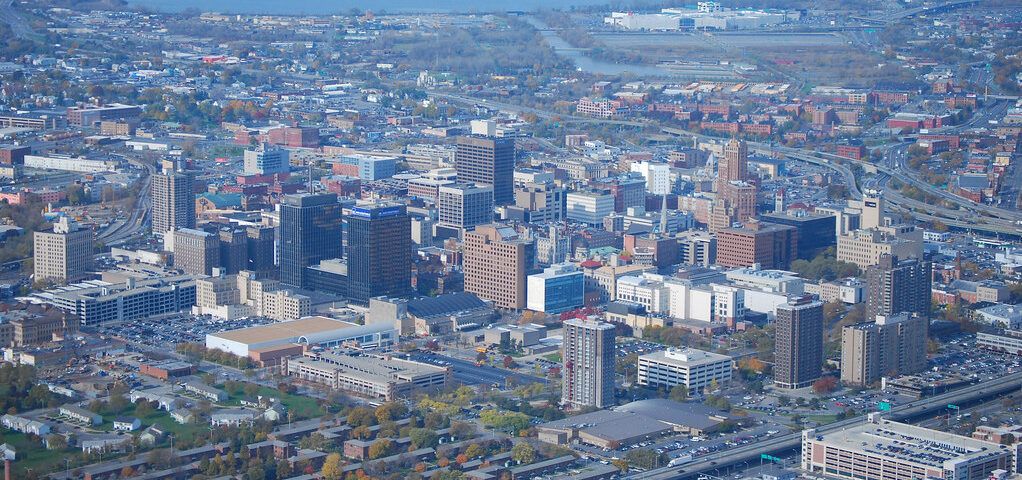
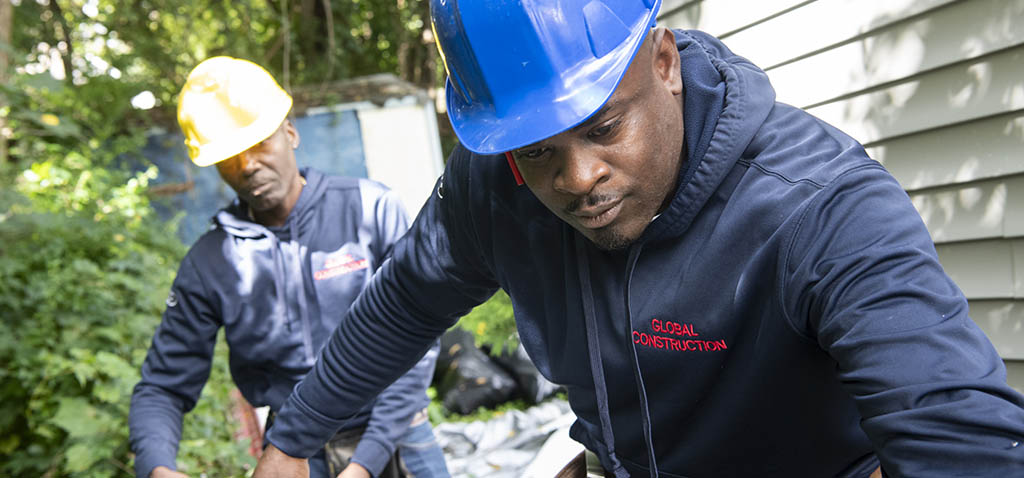


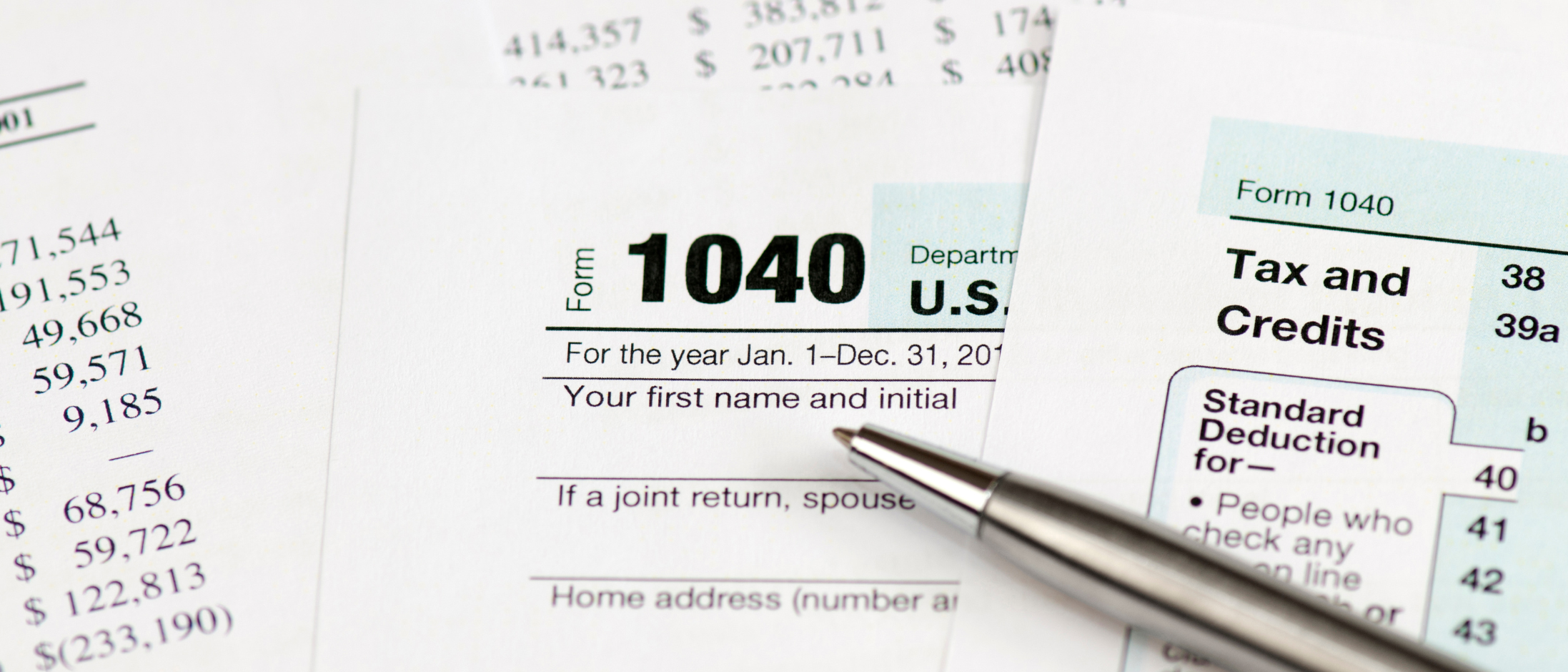

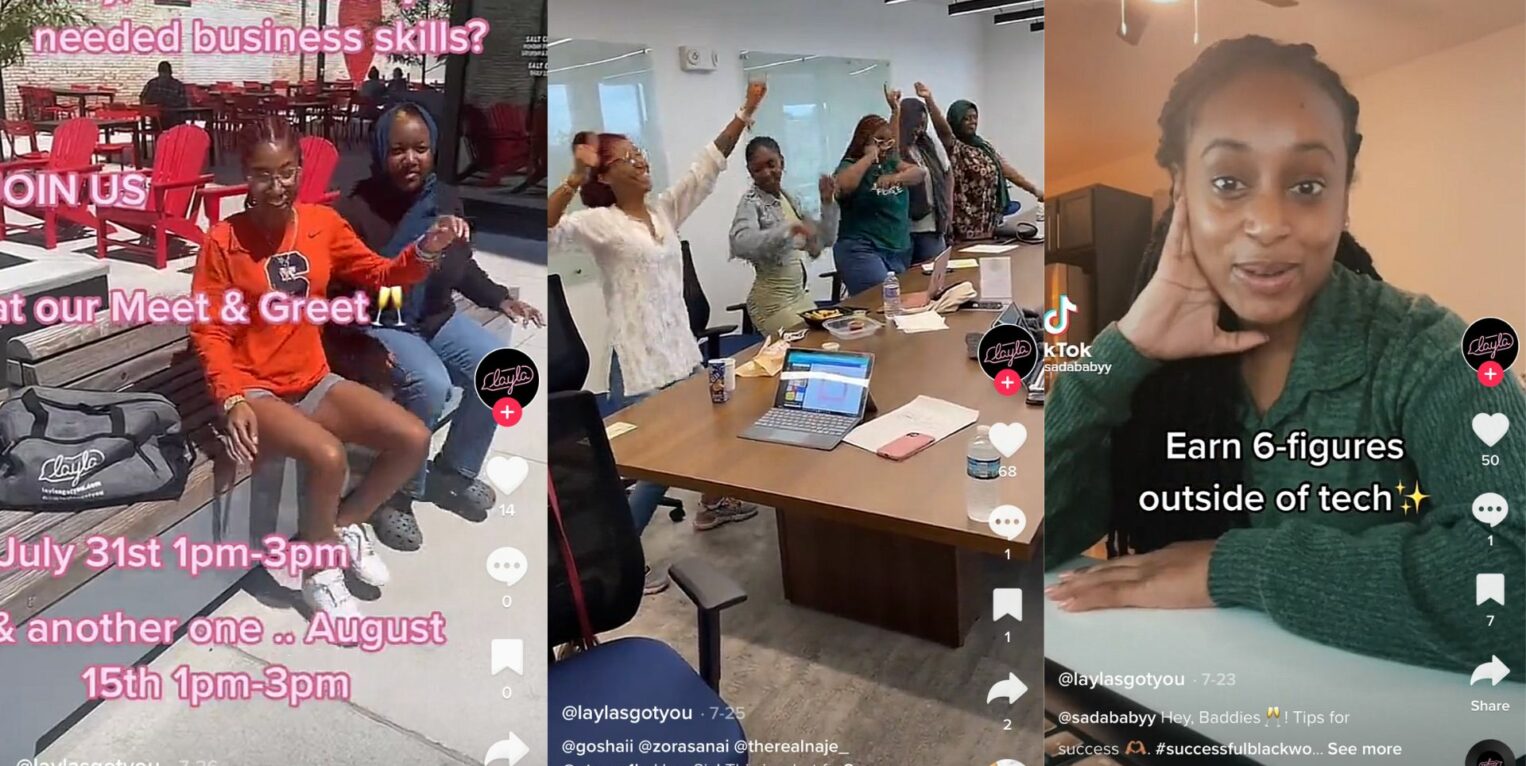


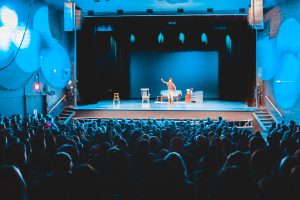
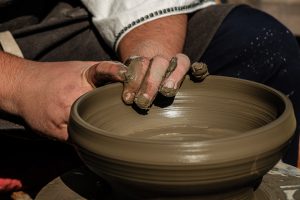
Recent Comments